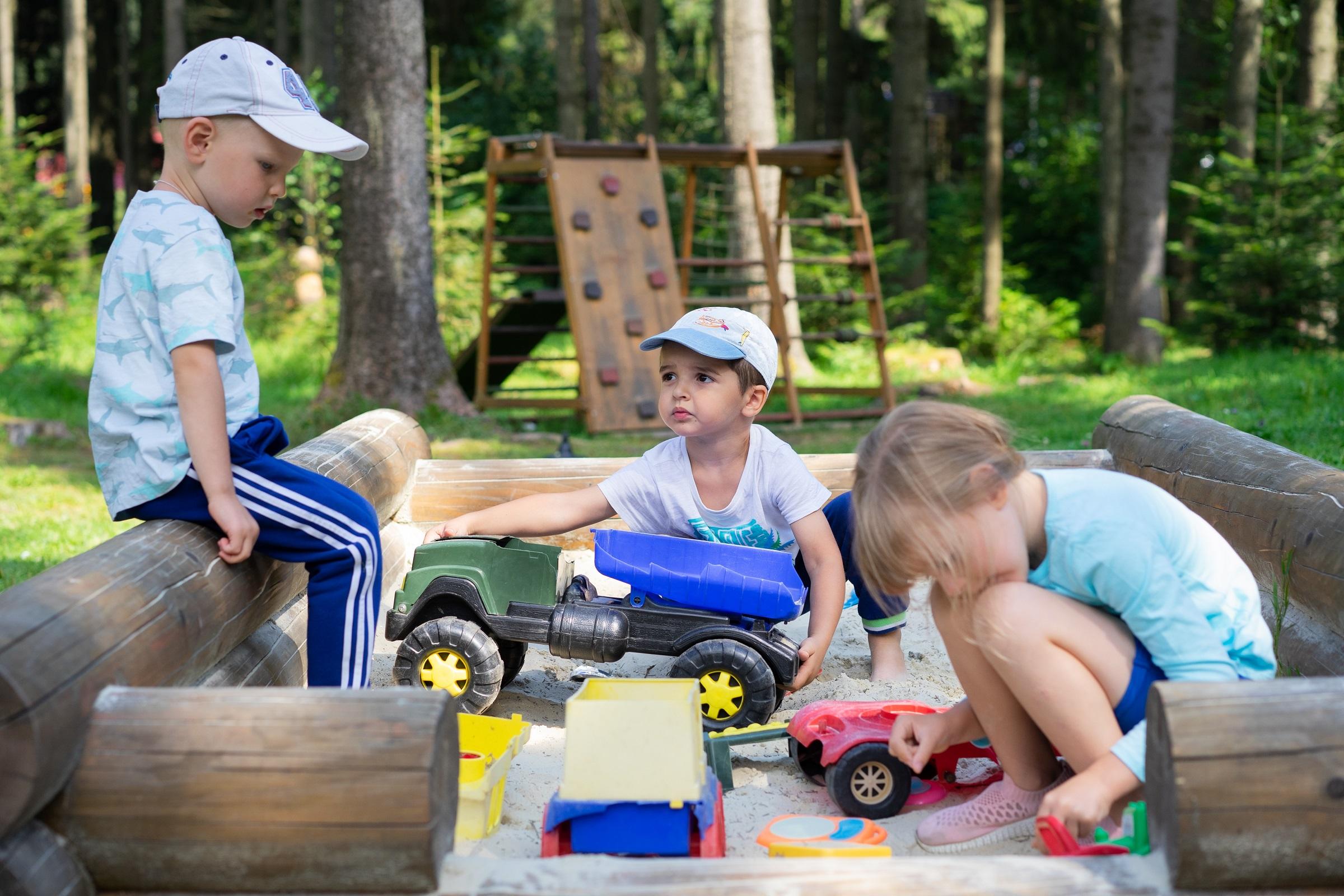- Home
- »Articles
- »Messy play
- »What Skills does Messy Play Develop?



What Skills does Messy Play Develop?
24 June 2023
Messy play allows children to explore the properties of different materials and develops their understanding of the world around them. It satisfies children’s curiosity about objects and materials, encouraging them to experiment. In doing so, they develop both physical and cognitive skills. They gain confidence in exploring their surroundings. Messy play can also be an opportunity to learn social skills, language and even maths.
Coordination and Motor Skills
Young babies are encouraged to reach for things and grasp them during messy play. They use touch to learn about different textures. They use fine motor skills to pick up tiny objects with their fingers improving hand eye coordination. Later on, mark-making and painting begins the learning process for writing and drawing.
Toddlers learn how to lift things and gain strength from doing so. They learn to carry and balance objects. They discover their own strength when they push, throw or manoeuvre items even as simple as sticks and stones. So their gross motor skills develop.
Creativity
Messy play lets children be creative. In a sandpit, they can transform materials from one shape to another. They discover how to build and demolish. They can manipulate play dough into an infinite variety of shapes. They can model animals or figures, construct buildings or make trees or just do something quite abstract. The possibilities are endless.
Problem Solving
Children develop cognitive skills through messy play. Having discovered the properties of different materials, they make decisions about what to create or what to do next. They might need to solve problems like a collapsing mud dam or a toy sinking in the bath which they can place on something so it floats. They could drop petals and learn to count as they gather them up. Watch the intensity of their concentration as connections form in their brain.
Social Skills
Messy play is an opportunity for children to learn social skills. They learn that their actions have an impact on other children besides themselves. If they are playing with a substance like whipped cream it will slide into their friend or sibling’s space. They might splash each other learning consequences of their actions. In a group, they can watch and learn from each other or work together to construct something. They can share a bucket taking turns building a sand castle.
Language and Vocabulary
Interacting with your child during messy play will help them learn the names of things and how to describe things more quickly. Is something smooth or silky, rough or gritty? There are opportunities to learn the names of colours and shapes and to count. Praise encourages them to create or explore, to make a plan and to try again if their plan does not quite work out. If their sand sculpture collapses or their painting smudges they can start over and maybe create something better than they expected.
Even if you start with just one activity a week you will see the great benefits of messy play for your child and the huge amount of fun to be had with it.
Photo by Alexandr Podvalny on Unsplash
